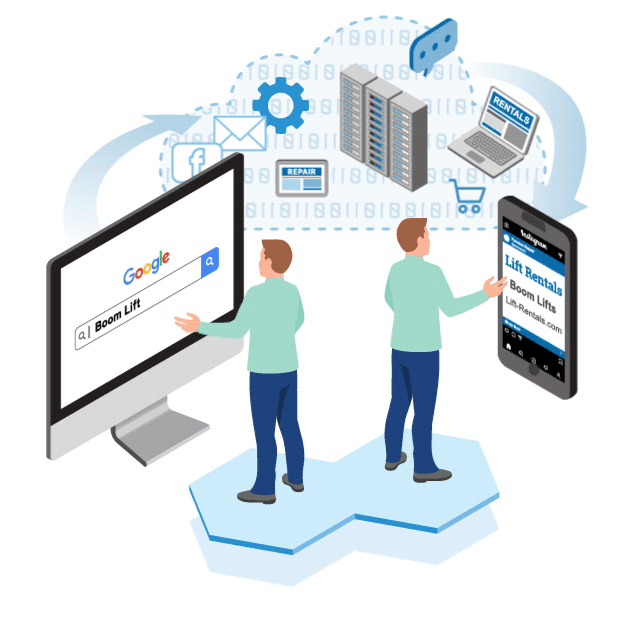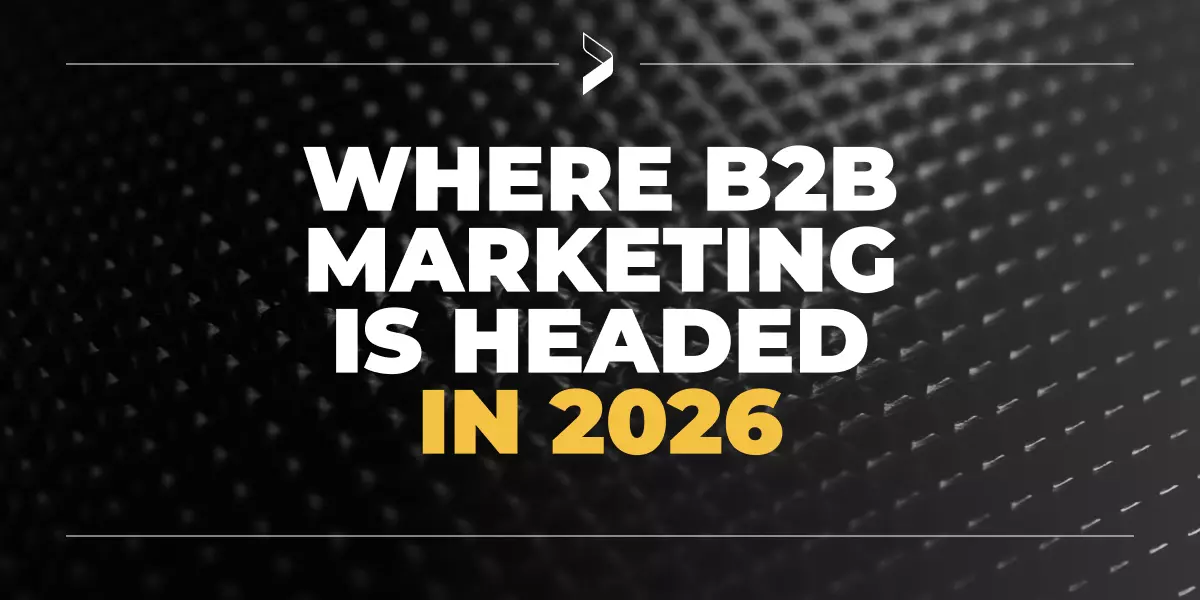What Is Personalization and Is Your Organization Ready for It?

This post is packed with examples, questions to ask of your organization and tips to get started.
Have you ever been on a website searching for a specific item only to see it being advertised on one of your social media accounts? Or, perhaps you’ve received an email advertising a product that you’re interested in, so you click on the link and head to the website. There, you’re not only met with information on that specific product, but your experience is also tailored to other products related to it. Say you place that item in your cart but get distracted and don’t check out. Then you receive an email reminding you of the item you left behind. Do you think the computer is reading your brain? These are just a few examples of personalization.
Personalization is the practice of leveraging data and digital technology to deliver individualized messages and product offerings to current or prospective customers. Consider the following questions to assess if you’re ready to bring personalization into your marketing efforts.
Personalization and How It Works
Personalization can help with ROI and provide a better customer experience, because that’s what users now expect thanks to companies like Amazon and Apple. A personalized experience helps the user to perform an action that supports your business and marketing goals as quickly as possible — whether submitting a contact form, downloading a PDF, requesting a sample or placing an order.
Keep in mind, you can’t have personalization without four things:
1. Business and marketing goals
Knowing these helps identify ROI and measure how your campaigns perform.
2. Audience information
You can’t personalize if you don’t know what your audience wants. It’s crucial to know as much as you can about your user in order to tailor their experience. That means creating web personas with the help of tools, such as Google Analytics, interviews and surveys.
3. Data
You want to utilize data as it relates to technology. Where are you getting data? For example, are Salesforce or any other CRMs connected to your website? Having the two connected gives you a better understanding of user behavior so you can target content to them. How is your data governed and stored? When your CRM is connected to your website, your sales team is able to connect offline experiences with a person’s online profile. When you have these things connected, you’re able to create a unique customer profile.
4. Content
Now that you know your goals, who your audience is and the data to support the experience, you can create content for each audience profile. This could mean creating home page promotions containing specific pieces of content based on a user’s data profile. An example would be replacing a generic promotion on a home page with a white paper that is relevant to a user based on a conversation they had with a salesperson.
Is Your Organization Ready for Personalization?
Now that you’ve got a solid understanding of what personalization is and what the experience looks like, it’s time to see if you’re ready for it. Here are some questions to ask yourself about your business.
- Can your platform actually handle personalization?
Your content management system plays a big role, so you’ll want to investigate if your CMS has the functionality to support personalization. Not all websites are created equal. Some platforms can handle personalization and some can’t. The more digitally mature your organization is, the better you’re able to serve up a wholistic experience to users. - Do you know who your target audience is?
You can’t personalize something if you don’t know who you want to retarget. Web personas identify a target audience’s online behaviors so you can better customize their experience. Your marketing team needs to have web personas and understand how to use them. - Do you have content to support your target audiences (the personalization experience)?
It’s key to have a content strategy for each persona and to have the right content to support each personalized experience for each stage of their journey. This could be accomplished through blog posts or white papers during the awareness stage, case studies for the consideration stage and data sheets or purchase information for the decision stage. - If so, do you have a budget and a strategy for promotion?
You’re potentially writing more content based on the number of audiences you have. It’s important to know what funds you can allocate so you know which types of content to invest in creating and the best distribution channels to promote it. - Is your marketing team ready to handle personalization?
It’s important to have the right roles in place for those who understand the concept and strategy behind personalization. For example, a marketing manager in charge of email marketing can think about how the distribution platform works with content on the website.
Tips for Getting Started
Now that you’ve identified the readiness of your organization, here are some tips to help you begin your journey to personalizing your digital experience.
Create a content strategy for your target audiences.
Now’s the time to put those web personas to work. They’ll help you identify the content your audience is looking for. You can put that together by looking at the user journey and mapping content to each stage. For example, say you have a segmented email list targeting a particular audience. When someone clicks through the email to the home page, one thing is certain: you know who the audience is. Utilizing the web personas and the content that reaches this known audience, swap out some generic home page content with targeted content that’s relevant to the user. That’s just one example. Other personalization tactics can utilize time of day, weather or geographic location. There are all sorts of ways you can personalize digital experiences. Be on the lookout for a future post that dives into more detail around various tactics.
Start small and get the quick wins.
The email example is a great way to start small. This concept helps the organization get comfortable with the process. It also improves the ROI of your marketing efforts, which is always great data to bring back to the C-suite. When you’ve got real data to back up your efforts, you’ll have an easier time expanding your personalization efforts. As you build your infrastructure, you’ll have more options to personalize.
Test, test, test!
Is the experience more successful or less successful than a non-personalized page? Did you decrease the amount of time for a user to convert? Testing validates if what we know about the person is actually true.
Crawl. Walk. Run.
When you’re looking to personalize, remember this: you have to start with a crawl before you can learn to walk, and before long, you’ll be off and running.
In the end, the goal of personalization isn’t to do it because you can; it’s to give the audience the content they’re looking for to help them achieve what you want them to. By doing so, you’re creating a relationship between your brand and your customer that can be nurtured for years to come.
Sign Up for our Newsletter - Get agency updates, industry trends and valuable resources delivered directly to you.
Andy Osika - Director of Web Development
Godfrey Team
Godfrey helps complex B2B industries tell their stories in ways that delight their customers.




